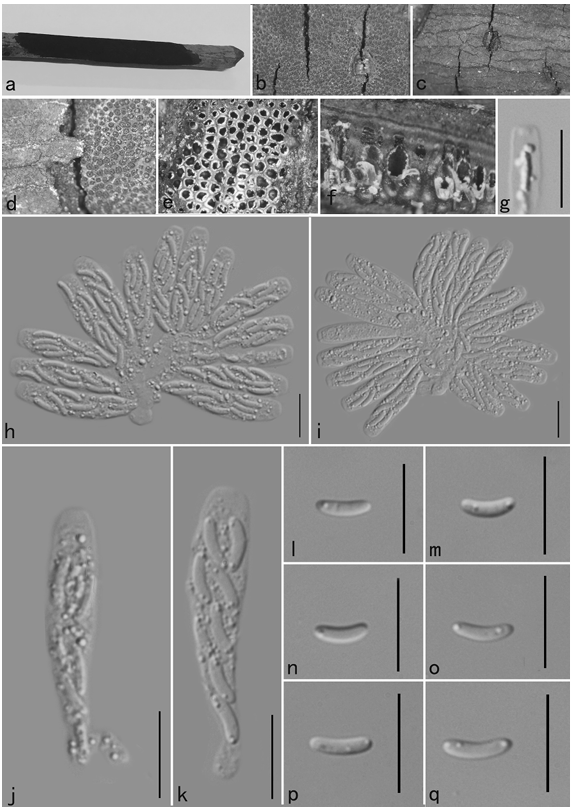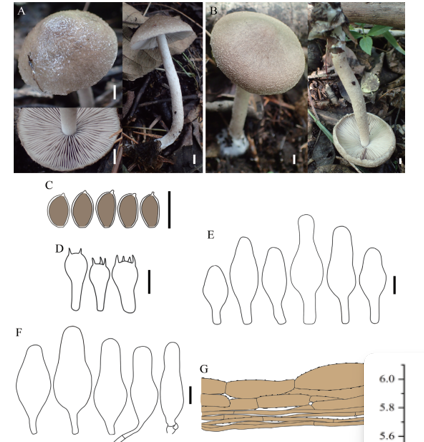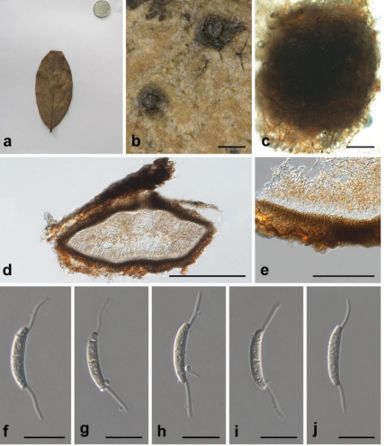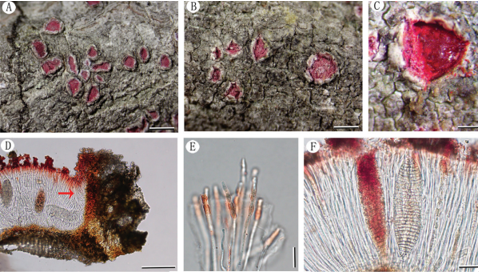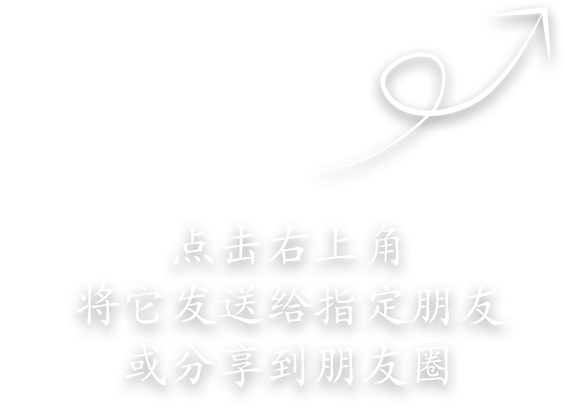Atheniella flavida Q. Na & Y.P. Ge, sp. nov. 2021
MycoBank No: 839378
Holotype: China. Yunnan Province, Yuxi City, Xinping County, Mopanshan Na tional Forest Park, 25 Jul 2020, Qin Na, Yupeng Ge and Zewei Liu, FFAAS0350 (Col lection No. MY0182).
Morphological description
Sexual morph: Pileus 2.6–4.8 mm in diam., conic when young, becoming almost hemispherical and slightly concave at centre with age, orange-yellow when young, fading to cream-yellow at maturity, margin light yellow, sulcate, translucent-striate, delicately pubescent, pruninose, glabrescent with age, mar gin waved. Context very thin and fragile, pure white. Lamellae narrowly adnate, as cending, cream-white to light yellow, faces concolorous with the sides, decurrent with a short tooth. Stipe slender, 5.5–12 × 0.5–0.8 mm, cylindrical, hollow, fragile, bright yellow, densely pruinose on the entire surface, almost smooth when old, base with sparse white fibrils. Odour and taste inconspicuous.
Basidiospores [60/3/2] (6.5) 6.7–7.2–7.8 (8.3) × (5.7) 5.9–6.5–7.1 (7.8) μm [Q = 1.03–1.22, Q = 1.11 ± 0.043] [holotype [40/2/1] (6.6) 6.7–7.2–7.6 (7.9) × (5.8) 5.9–6.4–6.9 (7.4) μm, Q = 1.04–1.20, Q = 1.10 ± 0.041], globose to subglobose, hyaline, guttulate, thin-walled, inamyloid. Basidia 20–29 × 5–8 μm, hyaline, clavate, 2-spored. Cheilocystidia abundant, 36–51 × 8–11 μm, fusiform, long-stalked, hyaline, thin-walled. Pleurocystidia similar to cheilocystidia, 28–43 × 6–10 μm. Pileipellis hy phae 2–6 μm wide, cutis; covered with mass of excrescences, 3.3–8.2 × 1.2–3.4 μm, hyaline. Hyphae of the stipitipellis 2–8 μm wide, hyaline, smooth; caulocystidia cylin drical or lageniform, 14–37 × 5–11 μm, hyaline, thin-walled. All tissues non-reactive in iodine. Clamps not seen in all tissues.
Asexual morph: Undetermined
Culture characteristics:
Habitat: Solitary to scattered on rotten wood in evergreen broad-leaf forest, Cephalotaxus, Cunninghamia, Keteleeria, Podocarpus, Pseudotaxus, Pseudotsuga, Sequoia, Taxus, Torreya and Tsuga.
Distribution: China
GenBank Accession:
ITS Sequences ID MW969653; nLSU Sequences ID MW969665
ITS Sequences ID MW969654; nLSU Sequences ID –
Remarks: Atheniella flavida is considered to be a distinct species in Atheniella on account of the pileus colour changing from orange-yellow to yellow, globose to subglobose basidiospores and caulocystidia comparatively small (Maas Geesteranus 1980, 1990, 1992a, 1992b; Perry 2002; Robich 2003; Aronsen and Læssøe 2016). Four species with a yellow or orange pileus are recorded: A. aurantiidisca, A. delecta bilis (Peck) Lüderitz & H. Lehmann, A. flavoalba and A. leptophylla (Peck) Gminder & Böhningare (Smith 1935b; Maas Geesteranus 1980; Robich 2003; Aronsen and Læssøe 2016). Atheniella flavoalba, which is the most widely distributed species in the Northern Hemisphere, often seen in northeast China (Fig. 2a–c), shows the most mor phological similarities to A. flavida; however, the former differs in forming cylindrical spores (6.5–9 × 3–4.5 μm) and the caulocystidia are fusiform and clavate to globose (Perry 2002; Robich 2003; Aronsen and Læssøe 2016; Na 2019). In contrast to A. fla vida, A. aurantiidisca, which had been found in Yunnan Province and Tibet Autono mous Region of China (Fig. 2d–f) and A. leptophylla are easily mistaken for the new species (Robich 2003; Aronsen and Læssøe 2016; Na 2019). However, the pileus of A. aurantiidisca and A. leptophylla is constantly distinctly orange and caulocystidia of the two species are larger (up to 50 μm long) (Robich 2003; Aronsen and Læssøe 2016). Atheniella delectabilis, which was formerly named Hemimycena delectabilis (Peck) Sing er on account of the white to yellowish-white pileus, decurrent lamellae and inamyloid basidiospores, is easily mistaken for A. flavida by the light yellowish pileus and the similar shape and size of cheilocystidia and caulocystidia. However, A. delectabilis is distinguishable from A. flavida by its decurrent lamellae and cylindrical spores (7–9 × 3–4 μm) (Smith 1935b; Malysheva and Morozova 2009). In addition, A. delectabilis produces cheilocystidia that are partially thick-walled (Smith 1935b).
Reference: [1] Ge, Y. , Liu, Z. , Zeng, H. , Cheng, X. , & Na, Q. . (2021). Updated description ofatheniella(mycenaceae, agaricales), including three new species with brightly coloured pilei from yunnan province, southwest china. MycoKeys, 81, 139-164.
Figure 2. Basidiomata of Atheniella species g–i Atheniella flavida Q. Na & Y.P. Ge. Scale bars: 5 mm
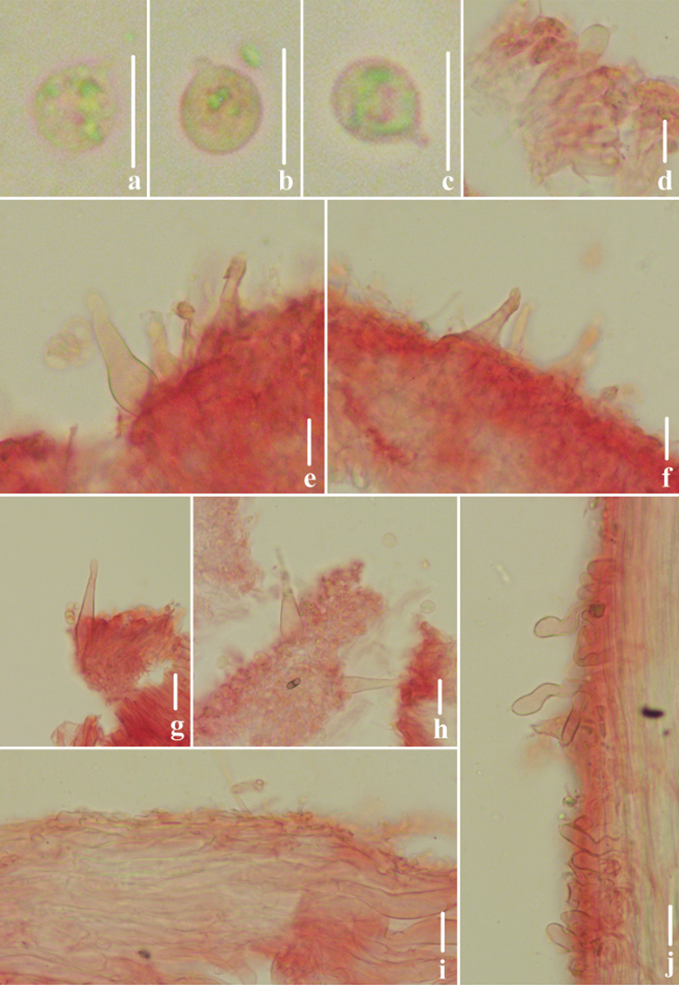
Figure 3. Microscopic features of Atheniella flavida (FFAAS0350, holotype) a–c basidiospores d basidia e, f cheilocystidia g, h pleurocystidia i pileipellis j stipitipellis and caulocystidia. Scale bars: 10 μm (a–j).
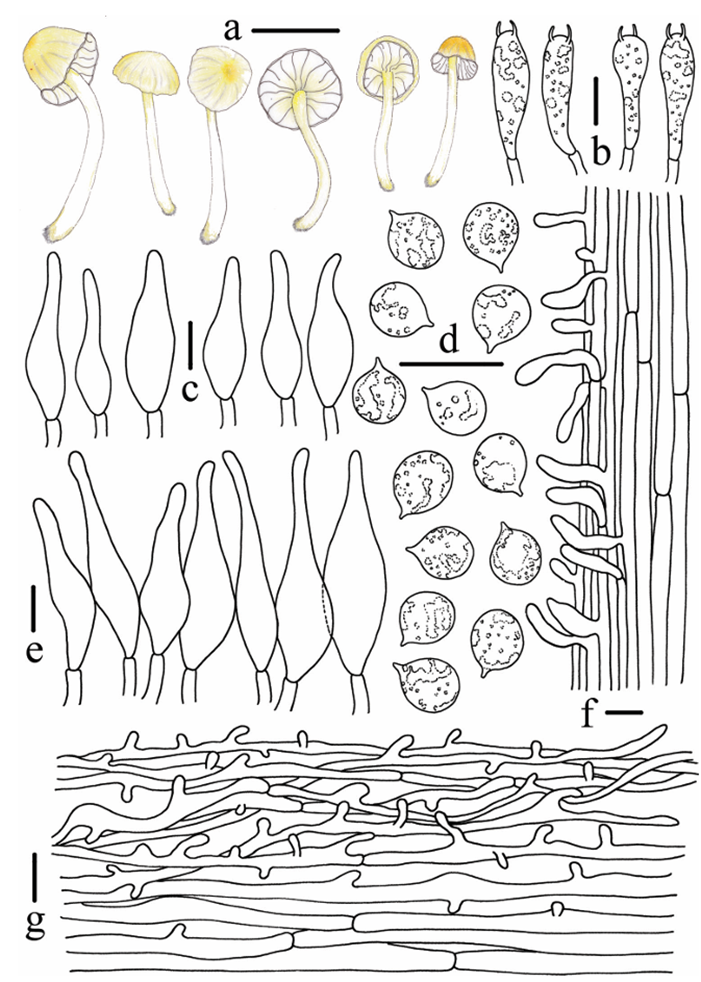
Figure 4. Morphological features of Atheniella flavida (FFAAS0350, holotype) a basidiomata b basidia c pleurocystidia d basidiospores e cheilocystidia f stipitipellis and caulocystidia g pileipellis. Scale bars: 10 mm (a); 10 μm (b–g). Drawings by Qin Na and Yupeng Ge.


